Examined: The new MacBook Pro Touch Bar and Apple's T1 authentication chip
While Apple won't detail the T1 to any significant depth to avoid exploits, some details on how the Touch Bar works in conjunction with the new T1 chip have surfaced — including what happens if the Touch Bar needs to be replaced. AppleInsider explains.
Apple introduced the new MacBook Pro with Touch Bar on Thursday, and as part of the assembly, it contains a sapphire Touch ID sensor on the right hand side above the delete key. Touch ID by itself wouldn't be possible as Apple has implemented it on the iPhone without some sort of dedicated, secure chipset.
The company has also included what it has dubbed the T1 chipset. The new chipset, debuting on the MacBook Pro implements Apple's secure enclave, independent of macOS and the Intel processor contained within.
Resolution details of the Touch Bar
The Touch Bar is essentially a USB 2180x80 display, mounted for optimal viewing at a 45 degree angle. Apple reserves 128 pixels on the left as the "system button," and 608 pixels on the right for the "control strip," including Touch ID prompts — but not the sensor itself, which sits to the right of the Touch Bar.
The remaining 1370 pixels in the approximate center of the bar is the application region for general usage.
Where does the T1 come from?
Developer Steven Troughton-Smith claimed that the T1 is similar to the system-on-a-chip used in the Apple Watch, telling The Verge that the chip is a "variant" of the S1 in the Apple Watch. However, sources within Apple that AppleInsider has spoken with calls the remark an over-generalization of the technology.
If the Track Bar needs replacing for any reason, so does the T1.
"Sure, there's some commonalities between it and the Watch, given that they're both ARM, with some shared engineers and design philosophies," we were told. "But, to call it an Apple Watch [SoC] variant isn't accurate at all."
"There has always been a common core between OS X, and iOS, and by extension, the Apple Watch — just like Steve [Jobs] said way back in the day," our Apple source added. "Just because the same routines are used, and some of the same API calls doesn't mean that the chip is the same, not at all."
Some other claims by Troughton-Smith were confirmed as being generally correct, however.
"The Touch Bar theoretically could run while the rest of the machine is turned off," said Troughton-Smith. "So you get all the low-power and security benefits of an iOS device, without having to switch to ARM completely on the desktop."
Parts of the Touch Bar run already independently of macOS, as the bar is used to turn on the computer, and authenticate a user.
Troughton-Smith's remarks are further borne out by alleged remarks from Apple Senior Vice President of Software Craig Federighi made in an email to a customer. When asked if the Touch Bar turned into a regular function bar in Boot Camp, Federighi allegedly confirmed the behavior.
If the statement actually came from the executive, it proves that the bar is independent of macOS Sierra itself.
Fixing the Touch Bar at the Genius Bar
As a user-facing component, the Touch Bar and integrated Touch ID sensor will see a lot of wear. According to data gleaned by AppleInsider around five percent of all service calls for macOS and iOS devices at Apple retail stores are about physically broken screens, with another two percent being macOS broken input devices like keyboards or trackpads.
According to our sources inside Apple, the company is expecting similar numbers for the Touch Bar, as it sees for broken input devices.
AppleInsider has learned there is no association procedure between a service stock generic Touch Bar, and the T1 inside the MacBook Pro. As a result, at least for now, if the Track Bar needs replacing for any reason, so does the T1.
Troughton-Smith believes that the front-facing camera in the new MacBook Pro is governed by the secure enclave in the T1, so it is possible that a failure of any of the related components would necessitate a three-part swap. Our source specifically said that they "would neither confirm nor deny" that statement.
The 2016 MacBook Pro family, announced Thursday, is a major redesign to Apple's flagship notebook, and comes in screen sizes of 13 and 15 inches, with core models starting at $1,799. Shipping will start for the Touch Bar-equipped machines in  to three weeks, but four to five-week delays in receipt have already been reported.
AppleInsider was at the event, and was able to spend some time with all the latest hardware.
To grab the lowest prices on Apple's new MacBook Pro with Touch Bar, see AppleInsider's Mac Price Guide.
 Mike Wuerthele
Mike Wuerthele


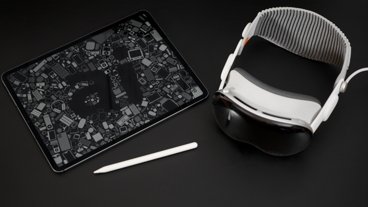
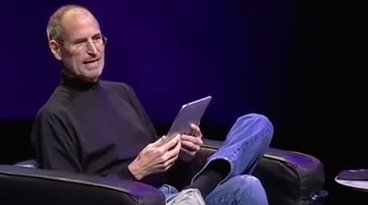
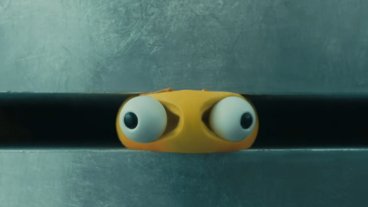








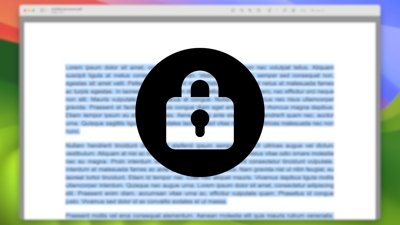
 Bon Adamson
Bon Adamson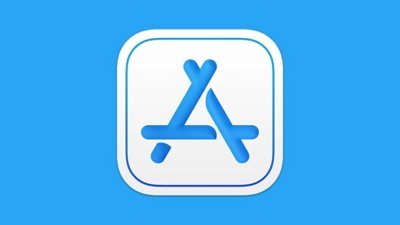
 Andrew Orr
Andrew Orr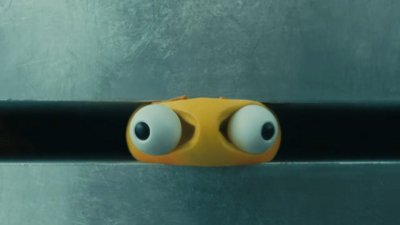
 Amber Neely
Amber Neely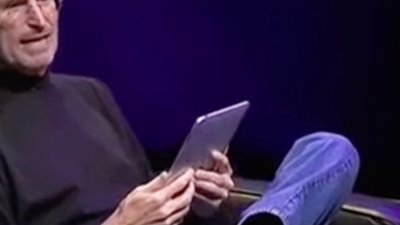
 William Gallagher and Mike Wuerthele
William Gallagher and Mike Wuerthele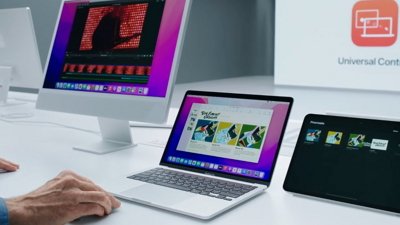
 Malcolm Owen
Malcolm Owen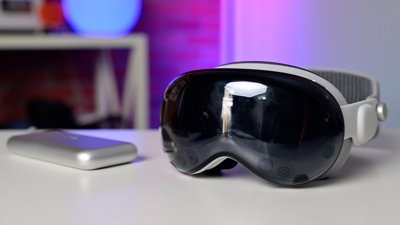
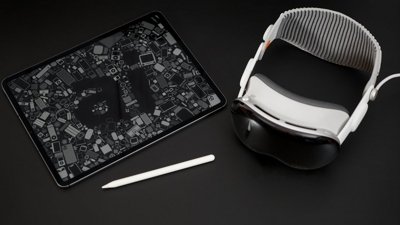
 Wesley Hilliard
Wesley Hilliard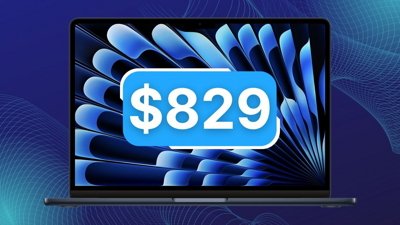
 Christine McKee
Christine McKee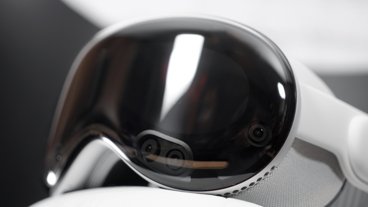
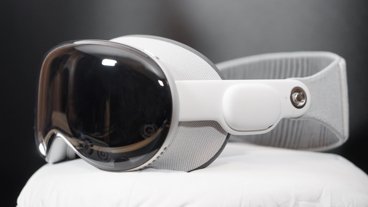







20 Comments
Interesting but it will be 5 yeas before i own a machine so equiped as i just bought a new MBP in 2015!! Kind of an intersting development for user input though.
i'd prefer a tablet touchscreen mac with detachable keyboard...
I look forward to seeing this in person. It's not a bad idea, really.
1) I thought the T1 might be based on the S1. That could mean that there are two technically versions of the OS X/Darwin family on every new Mac with a Touch Bar.
2) I think this makes it clear that the Touch Bar's display, communication, Touch ID, and Apple Pay are all within this single chip. I still wonder how this will play out for a separate, wireless display for future desktop Macs and how this will work with Boot Camp or a VM with Windows.